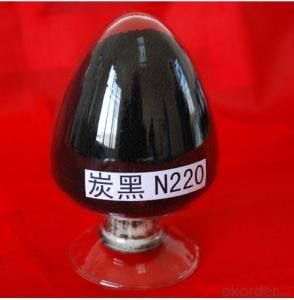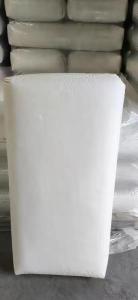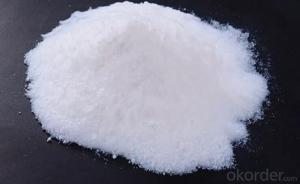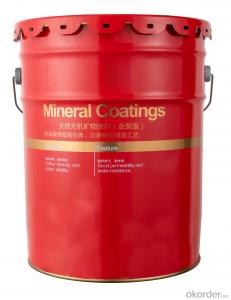Carbon Black N220 N330 N550 N660 Granluar
- Loading Port:
- Tianjin
- Payment Terms:
- TT OR LC
- Min Order Qty:
- -
- Supply Capability:
- 10000MT m.t./month
OKorder Service Pledge
OKorder Financial Service
You Might Also Like
Carbon Black N220 (Granule)
Product Description:
carbon black N220:
1.Usage Rubber Auxiliary Agents;
2.Product Status:Black powder or granular;
3.Standard: ISO 9001:2000
Suggest for Use:
(1) uses for the truck tire, passenger tire tread rubber, etc., and require high strength, high wear-resistant rubber products, such as high-strength conveyor belt, industrial rubber products.
(2) The usage and for the FDA applies to all kinds of rubber, carbon black, compared with the N330, with N220 carbon black in rubber wear resistance is higher 10% to 20%, will provide the high tensile strength of rubber and tear strength, and to a certain degree of conductivity, but high heat and hardness
TDS of the Carbon Black N220
Product Varieties | N220 | Pouring density(kg/m3) | 315~395 |
Iodine absorption Value(g/kg) | 116~126 | 300%modulus(Mpa) | -3.3~1.3 |
DBP absorption Value (10-5m2/kg) | 109~119 | Ash content | ≤0.7% |
24Mn DBP(10-5m2/kg) | 93~103 | 45um sieve residue | ≤0.05% |
CTAB surface area(103m2/kg) | 105~117 | 500um sieve residue | ≤0.001% |
STSA/(103m2/kg) | 101~111 | Impurity | NO |
Nsa surface area(103m2/kg) | 114~124 | Fine content | ≤10% |
Tint strength(%) | 111~121 | Tensile strength(Mpa ) | ≥-2.5 |
Heatloss(%) | ≤2.5 | Elongation at failure | ≥-10% |
Safety:
As a matter of good industrial hygiene, gloves and safety glasses with side shields or better eye protection should be worn when handing Carbon Black ,For more information, refer to the MSDS.

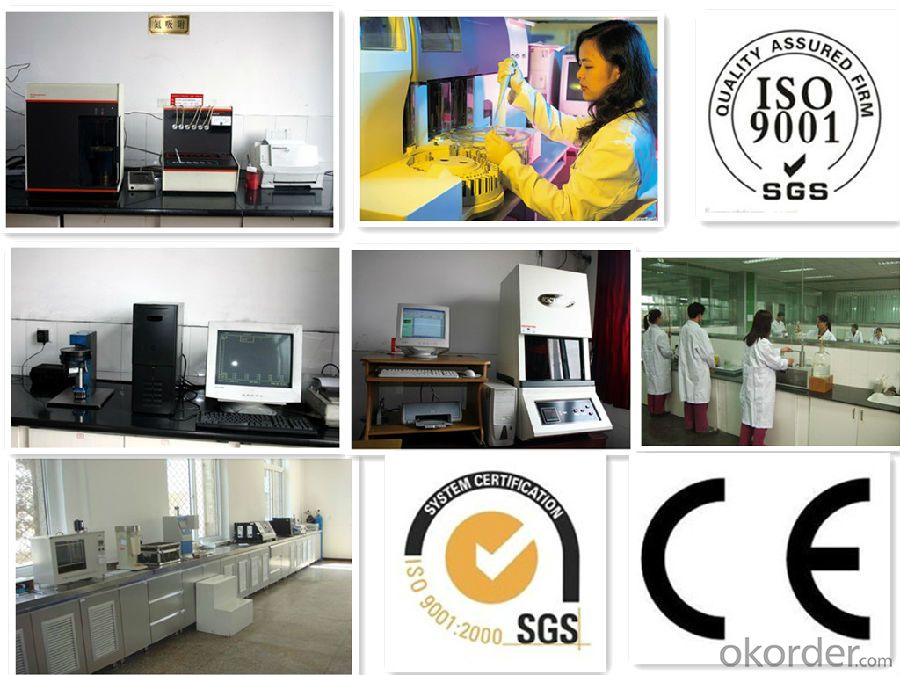
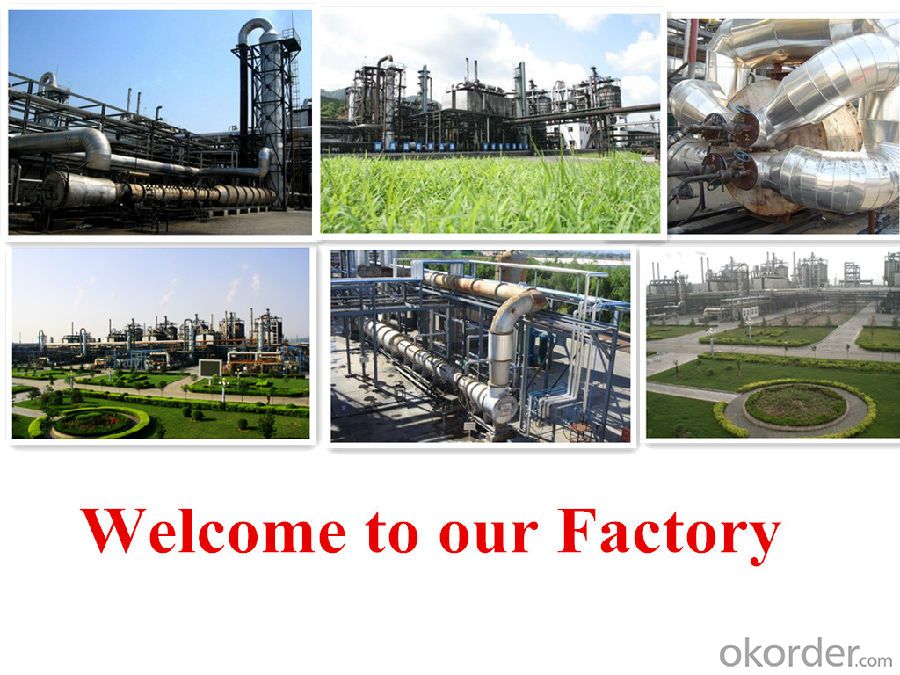
- Q:What is the nature of the chemical catalyst?
- Catalyst is the chemical reaction can change the reaction rate of other substances, and its own quality and chemical properties in the chemical reaction before and after the material has not changed Some catalyst can really slow down the reaction rate, the book said only refers to the usual circumstances , In general, junior high school and high school teaching into the do not do special instructions are understood to speed up the reaction rate. It is only necessary to know that the catalyst is not only used to speed up the reaction rate. Once the reversible reaction reaches equilibrium, adding the catalyst does not break the balance, but at the same time accelerates the forward and reverse reaction rates. The degree of acceleration is the same.
- Q:Will the chemical catalyst not reduce that?
- Why is it done? Although the catalyst does not react chemically, the catalyst itself is deteriorated and is not always used
- Q:How does the catalyst generally add to the organic chemical reaction?
- In the case of heterogeneous catalysis, the specific surface of the catalyst, in addition to the activity of the catalyst, is an important factor in determining the reaction rate, which means that the specific surface for catalysis is large and the reaction is as fast as the whole. So the overall principle in understanding the activity of the premise of the catalyst, would like to quickly add a little more.
- Q:Why can't catalysts make an unfavorable reaction favorable?Can anyone give me a relatively simple explanation for this?Thank you so much in advance!
- Catalysts, as enzymes, only change the activation energy (the energy the compound needs to gain to transform into products), they don't change the Gibbs energy values of reactants nor products. Therefore, if the delta G of the reaction is positive, it'll still need free energy to complete. They make a reaction complete faster than in normal conditions, but don't change the actual possibility for that reaction to happen. In the human body, a lot of reactions of catabolism have a positive G value and these reactions needs to get energy from other coupled reactions that have a negative value, so the total value is still negative. Many of them use hydrolysis of ATP to provide that energy, as its hydrolysis is about -30 kJ/mol in physiological conditions. I don't know what class you're in to ask this question, so can't really know if this answer is too simple or complicated for u... sorry in advance! Jo?l
- Q:What is the maximum impact of the chemical reaction rate? Such as catalyst, temperature, concentration. If you can, you can row order.
- Temperature and concentration also depends on the specific circumstances of the situation
- Q:Can a catalyst react with a reactant?
- Catalysts are of different categories. There are some reactions, in which only the presence of some compound increases/decreases the rate of the reaction. In other examples, the catalyst do react with the reactants and provide a different path for the reaction. The product is formed and the catalyst is recovered. Not even a single molecule is consumed after the reaction. But if you take a sample while the reaction is going on, you might find a decrease in the concentration of the catalyst. (An example is the use of Mangnese dioxide (MnO2) in the conversion of Potassium Chlorate (KClO3) to Potassium Chloride and oxygen. The MnO2 added at the initiation of the reaction is in form of crystals and at the end of the reaction it is recovered as finely divided powder. This simply shows that MnO2 reacted with KClO3 initially and finally got detached in form of a powder.)
- Q:what is a catalyst?
- Somthing that helps to speed things up. example: an enzyme is a biological catalyst, it speeds things up
- Q:role of catalyst?
- In chemistry and biology, catalysis is the acceleration (increase in rate) of a chemical reaction by means of a substance, called a catalyst, that is itself not consumed by the overall reaction. The word is derived from the Greek noun κατ?λυσι?, related to the verb καταλ?ειν, meaning to annul or to untie or to pick up. A catalyst decreases the activation energy of a chemical reaction.
- Q:The concept of catalyst in high school chemistry
- The catalyst is selective, that is, a catalyst that catalyzes only one or more chemical reactions and does not catalyze all chemical reactions. However, a chemical reaction of the catalyst may be a variety of, such as hydrogen peroxide to produce oxygen in the reaction, in addition to the use of manganese dioxide as a catalyst, you can also use copper oxide, iron oxide as a catalyst. Building on the use of cement, red brick powder also catalyze the decomposition of hydrogen peroxide.
- Q:The chemical equation of heating reaction of benzene and hydrogen under the action of catalyst
- C6H6 benzene + 3H2 - (arrow) C6H12 cyclohexane (Ni catalytic heating)
1. Manufacturer Overview |
|
|---|---|
| Location | |
| Year Established | |
| Annual Output Value | |
| Main Markets | |
| Company Certifications | |
2. Manufacturer Certificates |
|
|---|---|
| a) Certification Name | |
| Range | |
| Reference | |
| Validity Period | |
3. Manufacturer Capability |
|
|---|---|
| a)Trade Capacity | |
| Nearest Port | |
| Export Percentage | |
| No.of Employees in Trade Department | |
| Language Spoken: | |
| b)Factory Information | |
| Factory Size: | |
| No. of Production Lines | |
| Contract Manufacturing | |
| Product Price Range | |
Send your message to us
Carbon Black N220 N330 N550 N660 Granluar
- Loading Port:
- Tianjin
- Payment Terms:
- TT OR LC
- Min Order Qty:
- -
- Supply Capability:
- 10000MT m.t./month
OKorder Service Pledge
OKorder Financial Service
Similar products
New products
Hot products
Related keywords
